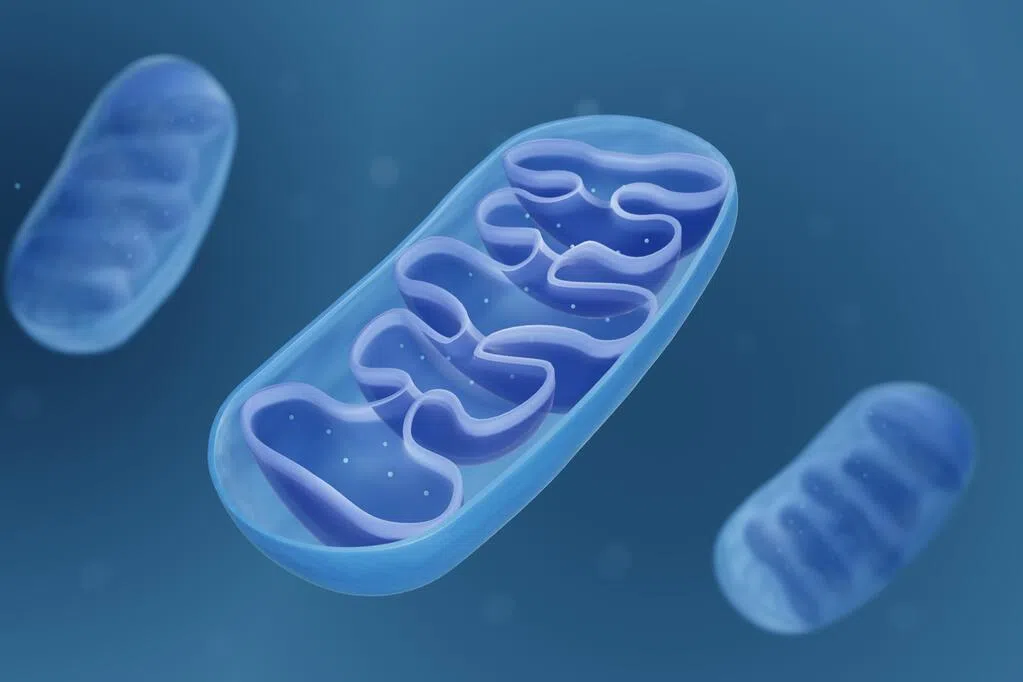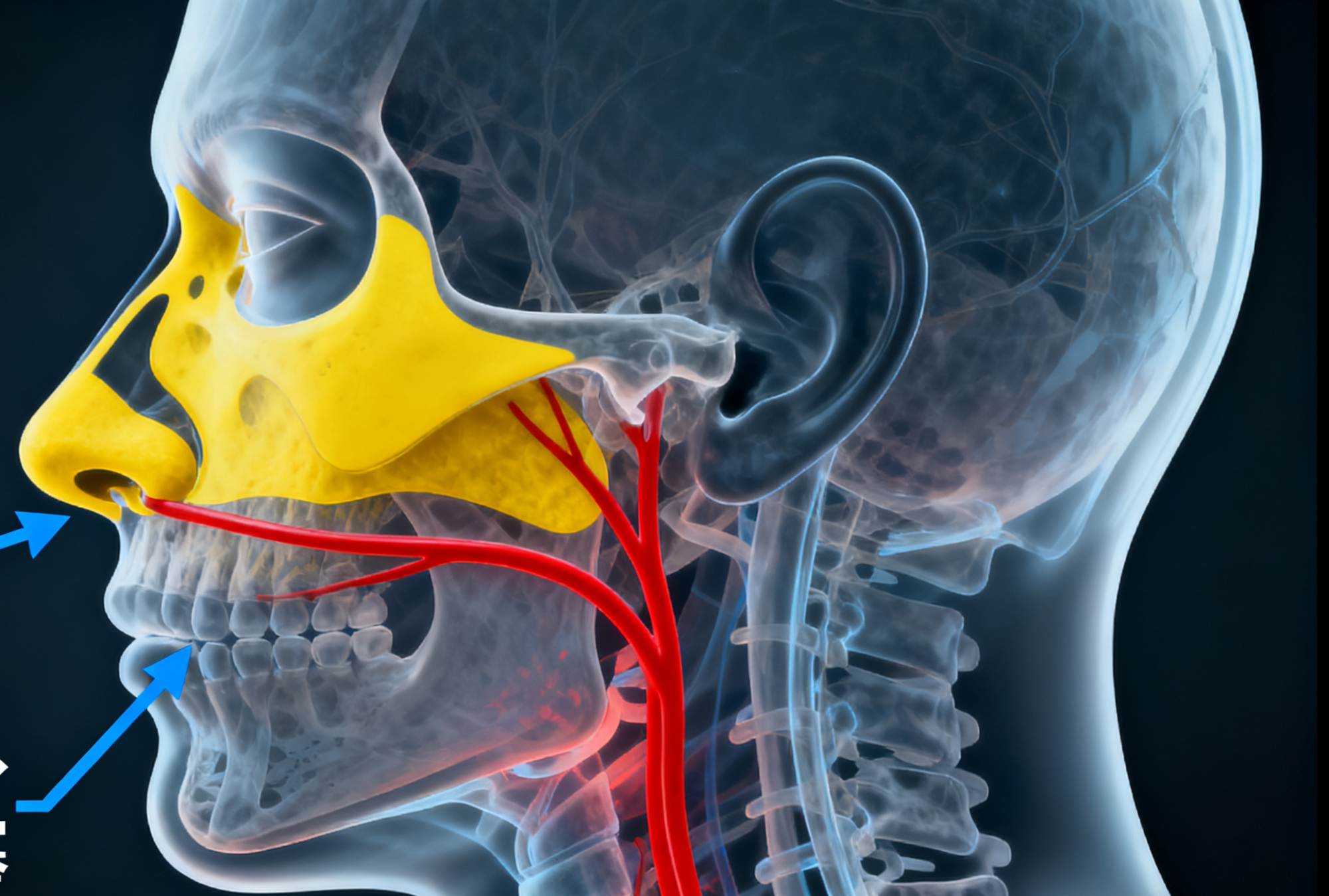Entry: Adult-onset Still’s disease
If you experience persistent or intermittent high fever, rash, joint pain, sore throat, or enlarged liver and spleen, and do not respond well to common anti-inflammatory drugs, you may have adult-onset Still’s disease (adult Still’s disease).
A 34-year-old EVA Air flight attendant fell ill while on duty in September. After returning to Taiwan, her condition deteriorated rapidly, and she tragically passed away on October 10th. According to Taiwanese media reports, the flight attendant was suspected of having a rare autoimmune disease called Still’s disease.
The cause of Still’s disease is currently unknown. However, some researchers believe that viral or bacterial infections may trigger it. Because patients respond poorly to common anti-inflammatory drugs, serious complications can lead to organ failure and even death.
Combined Symptoms
Most patients experience a combination of the following symptoms:
Further Reading


• Fever: Body temperature may rise to at least 38.9 degrees Celsius or higher. It may rise once or twice a day and last for a week or longer.
• Rash: A rash may appear intermittently with the fever and usually appears on the trunk, arms, or legs.
• Sore throat: This is one of the first symptoms of the disease. Neck lymph nodes may be swollen and tender.
• Joint pain and swelling: Joints (especially the knees and wrists) may become stiff, painful, and inflamed. Ankles, elbows, hands, and shoulders may also be painful. Joint discomfort usually lasts for at least two weeks.
• Muscle pain: Usually appears intermittently with the fever. The pain can be severe enough to disrupt daily activities.
Symptoms of adult-onset Stell's disease can vary from person to person and may be similar to those of other diseases, such as lupus or cancers like lymphoma.
Complications of Stell's disease include joint destruction, inflammation of the heart (pericarditis and myocarditis), pulmonary effusion, hepatomegaly and splenomegaly, and the rare but serious macrophage activation syndrome.
Adults aged 15 to 25 and 36 to 46 are most likely to develop the disease. Men and women face the same risk.
If you experience high fever, rash, and joint pain, you must consult a doctor.













